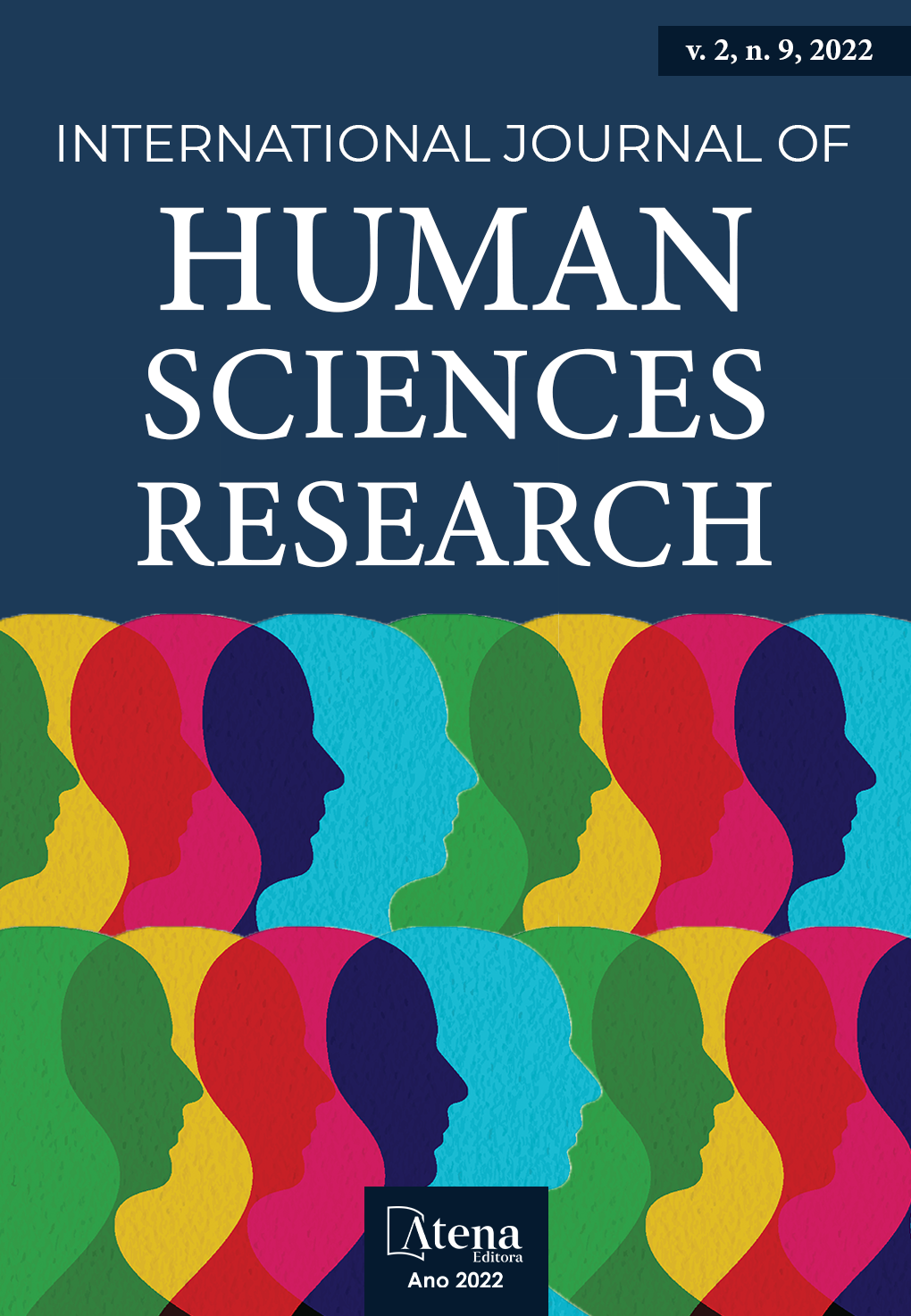
DATOS DE ENTRADA PARA CLASIFICACIÓN DE MATERIALES RECICLABLES POR MEDIO DE UNA RED NEURONAL
Este proyecto busca una forma alternativa para clasificar basura reciclable de forma autónoma y eficiente. Usando principios de la física logramos distinguir entre latas de aluminio, botellas plásticas y cartones tetra pak mediante el uso de un detector de metales, láseres y sensores de luz. El funcionamiento de este mecanismo consiste en activar el detector de metales y enviar datos de entrada al sistema para gestionar un mecanismo que lo dirija a su contenedor correspondiente, en caso de no detectar material ferroso se activará el láser para atravesar el objeto y así la luz sea recibida por los sensores de fotoresistencia en el lado opuesto. De esta manera, el sistema tendrá la información necesaria para indicar al mecanismo el tipo de material reciclable y trasladarlo a su respectivo contenedor. En caso de fallar ambas pruebas la máquina asumirá que se trata de material tetra pak y lo dirigirá al contenedor correspondiente. Este sistema tiene el fin de automatizar la clasificación de distintos materiales de uso cotidiano para reciclar.
DATOS DE ENTRADA PARA CLASIFICACIÓN DE MATERIALES RECICLABLES POR MEDIO DE UNA RED NEURONAL
-
DOI: 10.22533/at.ed.558292208048
-
Palavras-chave: red neuronal, reciclaje, refracción de luz, sensores, metal.
-
Keywords: neural network, recycling, light refraction, sensors, metal.
-
Abstract:
This project aims at an alternative method to classify recyclable waste in a more efficient way. Based on physics principles the detection of aluminum cans, plastic cans and tetra pak cartons were possible through metal detector, lasers and light sensors. The functionality of the mechanism is to activate the metal detector in order to give the input for the system that will separate the different wastes in its proper container. Then, if ferrous materials are not detected, a laser will intercept the object to reach the sensor in the opposite wall and indicate the type of object to the mechanism. In this way, the system will obtain the necessary data to transfer the material to its appropriate container. However, if both trials result in failure the mechanism will assume that the object in front is tetra pak carton and it will transfer it to its appropriate container regardless. This system has the intention to automate the classification of different waste materials of everyday use.
-
Número de páginas: 13
- Diego Antonio Lizondro Gómez
- Luz Jackeline Yanguez Franco


